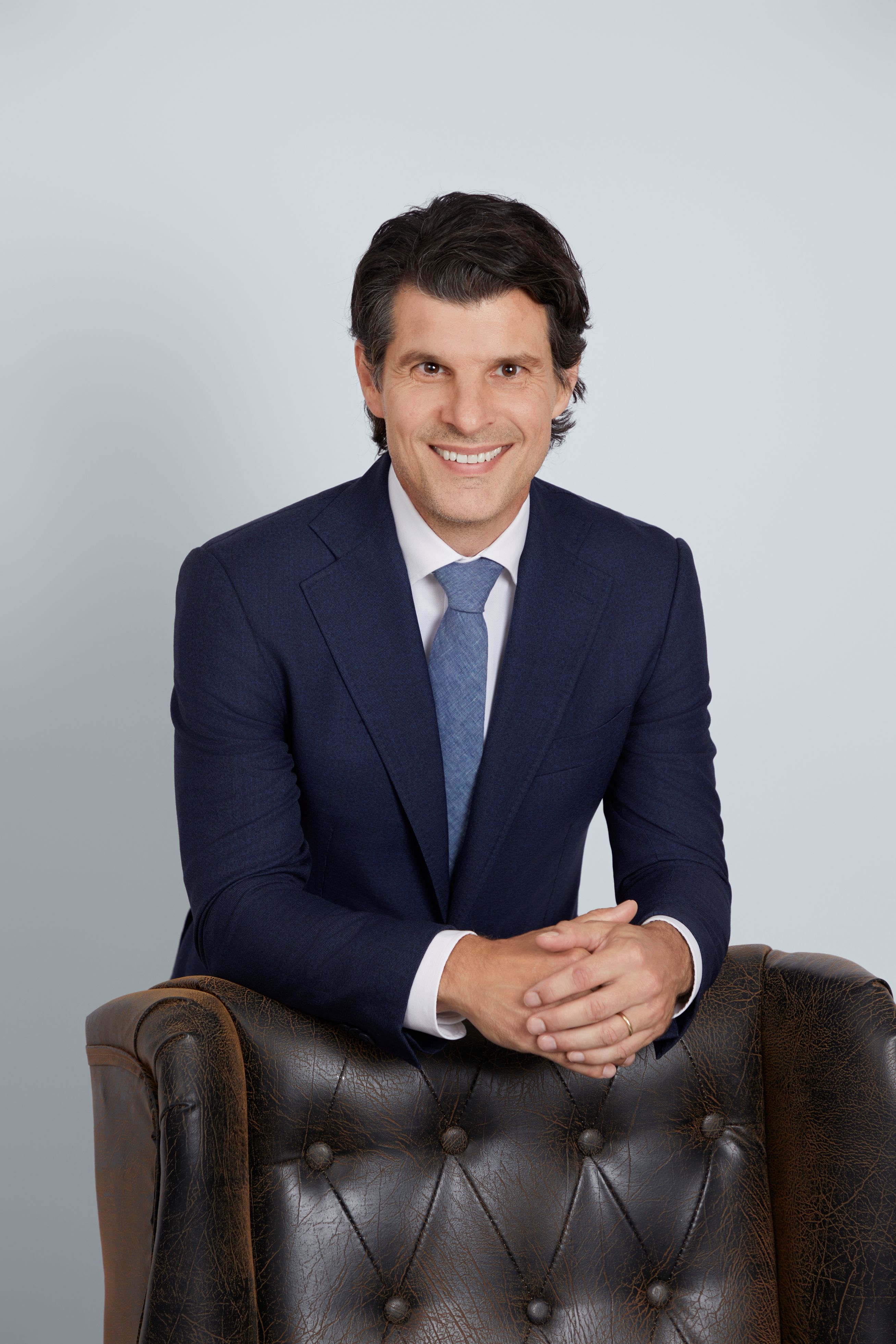Interview with Steven van Wijk of Air France-KLM

Can you introduce yourself and your role at Air France-KLM?
My name is Steven van Wijk, and I’m the General Manager for Air France-KLM in the Greater China region. I’ve been with the company since 2007, starting at the head office in network planning—the heart of the airline where we decide where to fly. That role actually gave me my first exposure to planning routes in Asia. Since then, my career has taken me to commercial leadership posts in Kenya, Brazil, and the UK. I’ve just recently moved to Beijing to lead our teams across our four destinations in Greater China: Beijing, Shanghai, Hong Kong, and Taipei.
What is the biggest challenge and the biggest opportunity for Air France-KLM in the Greater China market right now?
The most significant challenge is the operational constraint. Before the pandemic, we served more cities and had higher frequencies. For example, KLM flew daily to Hong Kong, and now we're at four times a week. The core issue is that we can no longer overfly Russian airspace. This adds roughly two hours of flying time to destinations here, which has a major knock-on effect: it increases fuel costs and, for KLM, requires us to put a fourth pilot on these flights. We’re facing a global pilot shortage, so that extra pilot requirement strains our resources and currently prohibits us from growing further in the region. It also puts us at a competitive disadvantage, as our local competitors who can overfly Russia have a shorter flight time.
The opportunity lies in our unparalleled global network. Through KLM’s hub in Amsterdam, we connect to 160 destinations, and via Air France in Paris, to 190. We’re seeing a very positive trend where we are transporting more passengers from Greater China to a wider array of global destinations, particularly in South America, moving beyond the traditional point-to-point traffic to Europe. We’re also seeing exciting growth in the "premium leisure" segment, where travelers are opting for Business or Premium Comfort cabins for their holidays. Furthermore, we’ve introduced tools like the "short connection pass" in Paris to make transfers seamless, which is a huge benefit for our connecting passengers.
How is Air France-KLM’s sustainability strategy being implemented here in Greater China?
Sustainability is a collective responsibility, and we are deeply committed to it through three main pillars. First, we are continuously modernizing our fleet. We are deploying new, fuel-efficient aircraft like the Airbus A350 and Boeing 787 on our China routes, which reduce emissions by 20-25% per passenger.
The second, and perhaps most revolutionary pillar, is Sustainable Aviation Fuel (SAF). It’s a fuel that reduces emissions by up to 80% without any need to modify the aircraft. The challenges are its availability and cost, but we are global leaders in its use. Here in Greater China, we’re turning strategy into action by signing corporate SAF agreements. We signed the first such agreement in Asia in Hong Kong last year, and we’ve since followed that with landmark agreements with Huawei and ZTE.
What are the major factors determining the return of pre-pandemic flight frequencies? Can we expect daily Hong Kong-Amsterdam flights soon?
The single biggest factor is the operational constraint of not being able to overfly Russian airspace. While market demand has been recovering robustly, the longer flight times, higher costs, and pilot resource strain are the direct barriers. So, to answer your question directly: the goal is absolutely to return KLM to a daily flight to Hong Kong. However, achieving this is pending an improvement in those operational conditions. We are eager to restore this frequency as soon as it is feasible.
As a key member of our Chamber, what is your vision for KLM's role within the Dutch community?
The Dutch Chamber provides a platform to stay closely connected with the Dutch business community. Many of these members are also our customers, so it’s a fantastic opportunity for us to listen, share updates about our services, and understand their evolving needs. It’s a two-way street that allows us to build strong relationships and ensure we are serving this vital community in the best way possible.
What final message would you like to share with our members?
Our vision for the future is clear: We want to welcome more passengers onboard our flights to Hong Kong and other destinations in Greater China region. This is a market we have always believed in and invested in heavily, even throughout the pandemic. We understand the desire for more capacity, and we are working towards that goal. We just need a little more patience for the market and operational conditions to improve. We are committed to this region and look forward to welcoming more passengers onboard as we continue to rebuild our presence.
